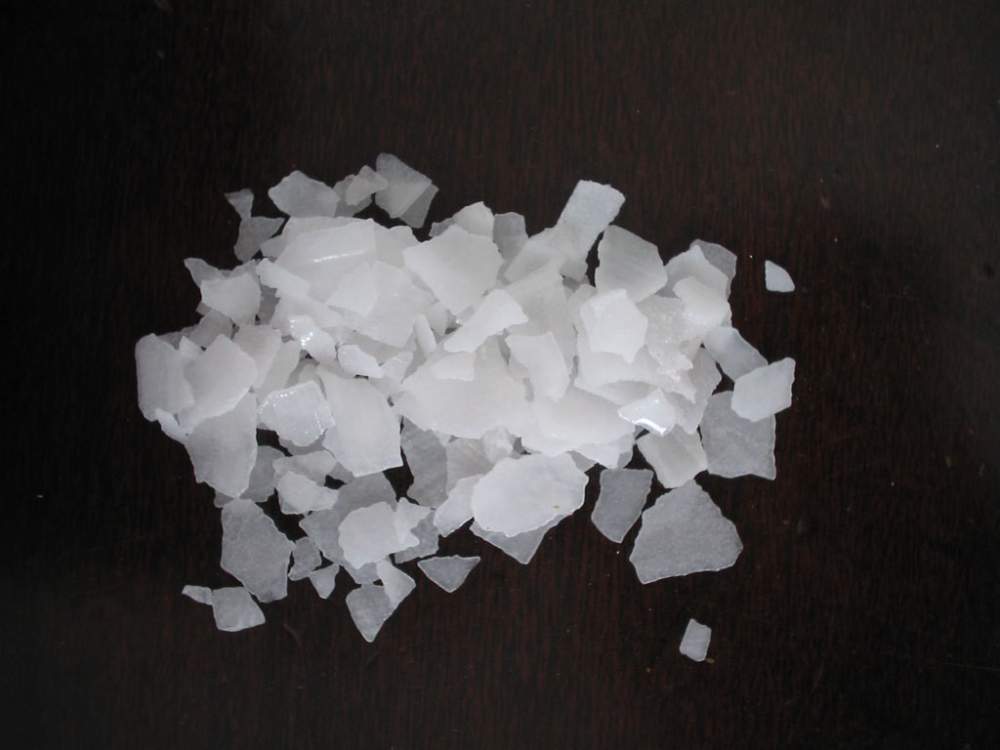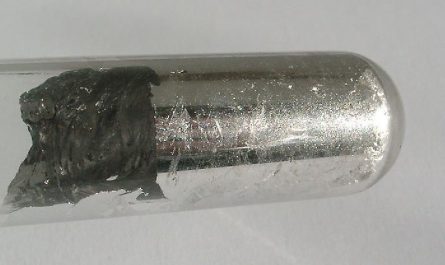Ferric hydroxide, also known as iron(III) hydroxide, is an inorganic compound with the chemical formula Fe(OH)3. It has various applications ranging from water treatment to biomedical uses due to its unique properties. In this article, we will explore the properties, production, and applications of this versatile material.
Physical and Chemical Properties
Ferric hydroxide is a rust-colored solid that is poorly soluble in water. Its solubility constant (Ksp) at 25°C is 2.79×10−39, meaning it essentially behaves as an insoluble compound. It exists in two crystalline forms – alpha and beta. The alpha form is stable at room temperature while the beta form is stable above 54°C. Some key physical properties of ferric hydroxide include:
– Molecular weight: 106.87 g/mol
– Melting point: 215°C (decomposes)
– Hardness: 2.5-4.5 on Mohs scale
– Density: 4.3 g/cm3
Chemically, Ferric Hydroxide is an amphoteric material which means it can react with both acids and bases. With acids, it forms ferric salts like ferric chloride. With bases, it forms complexes with hydroxide ions. Its poor solubility is key to many of its applications.
Production
On an industrial scale, ferric hydroxide is produced by the precipitation reaction between ferric salts and bases. The two common methods are:
1) Alkaline precipitation from ferrous solutions:
Fe2+ + 2OH- → Fe(OH)2
4Fe(OH)2 + O2 + 2H2O → 4Fe(OH)3
This involves oxidation of ferrous hydroxide to the ferric form.
2) Direct precipitation from ferric salt solutions:
Fe3+ + 3OH- → Fe(OH)3
Commonly, ferrous or ferric chloride solutions are reacted with alkali like sodium hydroxide or lime to yield the desired precipitate. The precipitate is then washed, filtered and dried before use.
Water Treatment Applications
One of the major uses of ferric hydroxide is in water and wastewater treatment plants. Its poor solubility and ability to adsorb other species make it an excellent coagulant. Some ways it is used include:
– Removal of precipitable impurities: Ferric hydroxide acts as a coagulant to bind suspended solids, residues, heavy metals etc and remove them via settling or filtration. This process is used for purification of surface water, groundwater etc.
– Wastewater treatment: Similarly, it aids the removal of pollutants in industrial and municipal wastewater treatment plants through coagulation-flocculation. This process forms an integral part of many sewage treatment facilities.
– Desalination: It can be used as a pretreatment step in desalination of brackish or seawater using reverse osmosis. Binding saline species onto its surface mitigates membrane fouling.
– Disinfection: Ferric hydroxide sludge from treatment plants can be further treated to kill pathogens through composting or other techniques before safe disposal.
In all such applications, its excellent adsorptive power and settling characteristics prove invaluable for removing various impurities from water in an economical manner.
Biomedical Applications
Recent research has revealed many biomedical uses of ferric hydroxide as well. Some emerging areas include:
– Oral supplements: It is being investigated as an iron fortificant for foods to prevent anemia, especially in developing countries. Studies show it is well-absorbed in the body and non-toxic.
– Wound healing: Its astringent properties make it suitable for stopping bleeding and assisting wound healing. It is a key component in some hemostatic bandages and wound dressings.
– Drug delivery: As a particulate carrier, it allows adsorption and controlled release of various drugs. This enables applications like anemic therapies, anticancer treatments etc.
– Bioimaging: Superparamagnetic ferric hydroxide nanoparticles show promise for magnetic resonance imaging (MRI) contrast enhancement and related diagnostic techniques.
– Adjuvants: Research on utilizing it as an adjuvant to enhance vaccine immunogenicity is ongoing, especially for oral vaccines.
Thus, ferric hydroxide’s biocompatibility profile and tunable surface chemistry open new doors for future healthcare applications. More studies are warranted to fully explore its clinical potential.
ferric hydroxide is a versatile and inexpensive material with varied uses. Its excellent flocculating ability has made it indispensable in water treatment facilities globally. Emerging research also points to fascinating biomedical applications, especially in drug delivery, diagnostics and therapeutics. With the ever-growing demand for clean water and advanced medicines, ferric hydroxide’s commercial importance is likely to increase manifold in the coming years. Overall, it serves as a wonderful example of how fundamental material properties can translate into diverse real-world benefits.
*Note:
1. Source: Coherent Market Insights, Public sources, Desk research
2. We have leveraged AI tools to mine information and compile it




